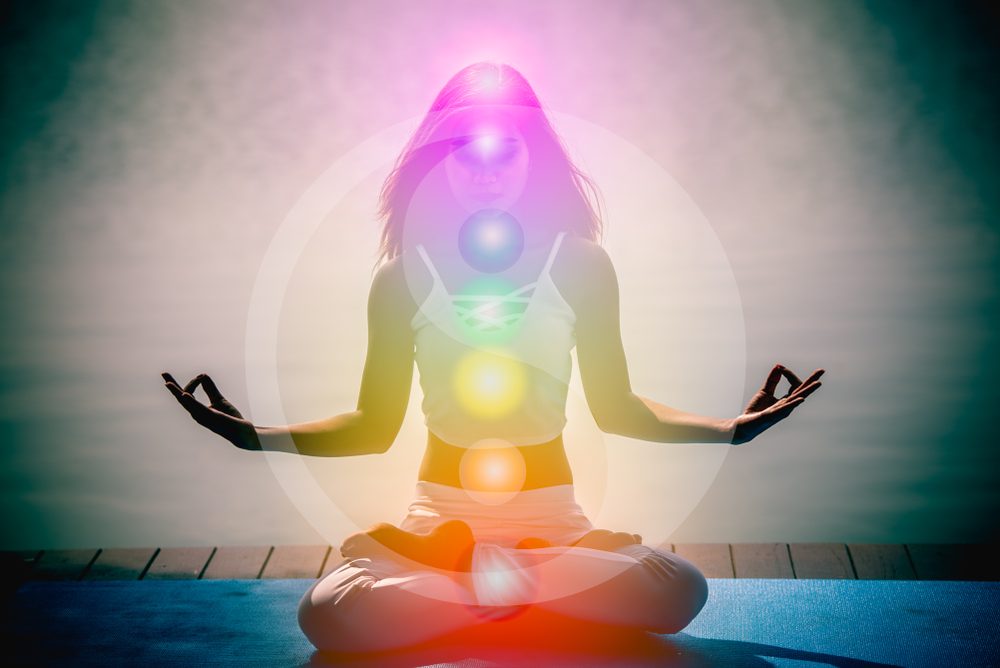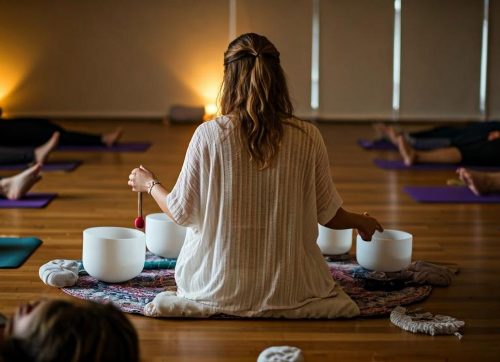
Chromotherapy, COLOR THERAPY. What's your color?
Color therapy, also known as chromotherapy, is a holistic healing method that uses colors to promote health and well-being. Chromotherapy bases its theory on the idea that different colors are associated with various energy centers (chakras) in the body, and applying these colors can help balance and harmonize these energies.
- Author:
- Christopher Truffa
- Date:
- February 27 2024
Color therapy, also known as chromotherapy, is a holistic healing method that uses colors to promote health and well-being. Chromotherapy bases its theory on the idea that different colors are associated with various energy centers (chakras) in the body, and applying these colors can help balance and harmonize these energies.
Practitioners of color therapy believe that exposure to specific colors can affect mood, emotions, and even physical health. For example, blue is often associated with calmness and relaxation, while red is associated with energy and vitality.
There are various ways to administer color therapy, including using colored lights, visualization techniques, or simply surrounding oneself with specific colors in the environment.
While scientific evidence supporting the effectiveness of color therapy is limited, many people find it a relaxing and enjoyable practice. Color therapy often occurs with other complementary and alternative medicine therapies as part of a holistic approach to health and wellness.
Exploring color therapy can be an enriching journey towards understanding oneself better and finding balance (link to our balance page). Each color possesses unique energy and can evoke specific emotions and sensations.
Color therapy examples:
- Blue: This serene color is often associated with tranquility and calmness. It can help soothe the mind and promote relaxation, making it perfect for relieving stress and anxiety. Imagine the peacefulness of a clear blue sky or the ocean's gentle waves.
- Yellow: Bright and cheerful. Yellow is the color of optimism and positivity. It can uplift the spirits, boost creativity, and evoke happiness and joy. Picture the sun's warmth on a beautiful summer day or the vibrant hues of a field of sunflowers.
- Red: Bold and energetic, red symbolizes passion and vitality. It can stimulate the senses, increase motivation, and evoke excitement and strength. Think of the fiery intensity of a blazing sunset or the vibrant hue of ripe strawberries.
- Green: Green represents harmony and balance and is associated with nature and growth. Green promotes feelings of renewal, healing, and inner peace. Imagine the lush foliage of a forest or the tranquility of a verdant meadow.
- Purple: Regal and mysterious. Purple is the color of spirituality and intuition. It can foster a sense of inner wisdom, creativity, and spiritual connection. Picture the deep hues of a majestic sunset or the rich tones of a blooming lavender field.
Determining which color works best for oneself can involve introspection and experimentation. Pay attention to how different colors make you feel emotionally and physically. Notice which colors naturally draw you in different situations. For example, if you feel stressed, surrounding yourself with calming blue hues might help you feel more at ease. Or, if you need a boost of energy and confidence, incorporating vibrant reds into your environment could be beneficial.
Ultimately, the key is to listen to your intuition and allow yourself to explore the healing power of color in a way that resonates with you. Whether through meditation with colored lights, surrounding yourself with specific colors in your living space, or incorporating color into your wardrobe, color therapy offers a beautiful pathway toward self-discovery and holistic well-being.
In addition to understanding the emotional and psychological effects of colors, it's also valuable to explore how colors relate to the energy centers in the body, known as chakras, in color therapy.
Chakras are believed to be spinning wheels or vortexes of energy located along the spine, each corresponding to specific physical, emotional, and spiritual aspects of our being. There are seven main chakras, each associated with a different color:
- Root Chakra (Muladhara): Located at the base of the spine, the root chakra is associated with the color red. It represents our sense of stability, security, and basic survival needs. Balancing this chakra can help us feel grounded and connected to the earth. RED
- Sacral Chakra (Swadhisthana): Situated in the lower abdomen, the sacral chakra is associated with the color orange. It governs our creativity, passion, and sexual energy. A balanced sacral chakra encourages healthy relationships and a sense of abundance. ORANGE
- Solar Plexus Chakra (Manipura): Positioned in the upper abdomen, the solar plexus chakra is associated with the color yellow. It relates to our personal power, self-confidence, and willpower. When balanced, this chakra fosters a strong sense of self-esteem and empowerment. YELLOW
- Heart Chakra (Anahata): Located in the center of the chest, the heart chakra is associated with the color green (sometimes pink). It governs our capacity for love, compassion, and forgiveness. A balanced heart chakra allows us to give and receive love freely. GREEN
- Throat Chakra (Vishuddha): Situated in the throat area, the throat chakra is associated with the color blue. It represents our ability to communicate authentically and express ourselves creatively. Balancing this chakra enhances our ability to speak our truth and listen deeply. BLUE
- Third Eye Chakra (Ajna): Positioned between the eyebrows, the third eye chakra is associated with the color indigo (deep blue). It governs our intuition, insight, and inner wisdom. When balanced, this chakra enhances our clarity of thought and spiritual awareness. DEEP BLUE
- Crown Chakra (Sahasrara): Located at the top of the head, the crown chakra is associated with the color violet (sometimes white or gold). It represents our connection to the divine, higher consciousness, and spiritual enlightenment. Balancing this chakra allows for a more profound spiritual connection and purpose. VIOLET
By understanding the colors associated with each chakra, we can use color therapy techniques to balance and harmonize these energy centers, promoting overall health and well-being on physical, emotional, and spiritual levels. Experimenting with colors that correspond to specific chakras can be a powerful way to align our energy and enhance our sense of vitality and inner harmony.
Are you ready to take the journey?
Take the journey and find your nature guide.


